Noble family House of Tarnowski | Name Jan Tarnowski | |
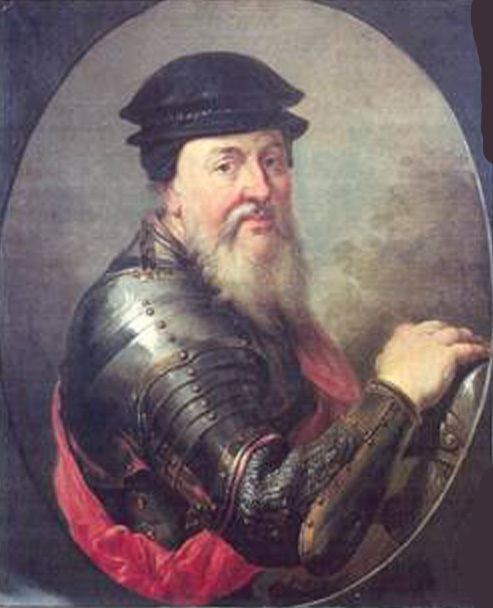 | ||
Father Jan Amor Mlodszy Tarnowski Mother Barbara Zawisza z Roznowa Spouse Zofia Szydlowiecka (m. 1530) Children Jan Krzysztof Tarnowski, Zofia Tarnowska Grandchildren Janusz Ostrogski, Katarzyna Ostrogska, Oleksander Ostrogski Great grandchildren Katarzyna Ostrogska (1602–1642), Janusz Radziwill, Zofia Ostrogska, Anna Alojza Ostrogska Similar People Janusz Ostrogski, Konstanty Wasyl Ostrogski, Petru Rares, Konstanty Ostrogski | ||
Jan tarnowski hetman wielki koronny i hetmani rzeczpospolitej
Jan Amor Tarnowski (Latin: Joannes Tarnovius; 1488 – 16 May 1561) was a Polish nobleman, knight, military commander, military theoretician, and statesman of the Crown of the Kingdom of Poland. He was Grand Crown Hetman from 1527, and was the founder of the city of Tarnopol, where he built the Ternopil Castle and the Ternopil Pond.
Contents
- Jan tarnowski hetman wielki koronny i hetmani rzeczpospolitej
- Hetman Jan Tarnowski
- History
- Family
- Important Works
- References
Hetman Jan Tarnowski
History
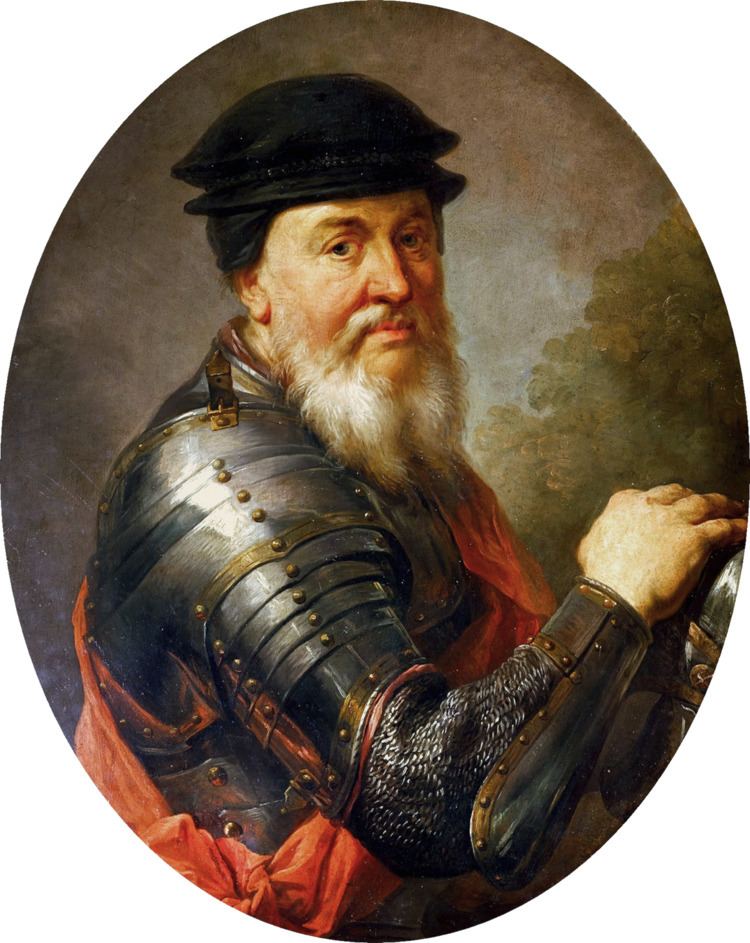
Tarnowski was born in 1488, the son of Jan Amor Junior Tarnowski, castellan of Kraków, and his second wife Barbara of Rożnów, granddaughter of the knight Zawisza the Black. He was a scion of an important family clan started in the mid-14th century by Spycimir Leliwita, castellan of Kraków. Tarnowski had five half-siblings from his father's first marriage: Jan Amor the Elder, Jan Aleksander (d. 1497), Katarzyna, Zofia and Elżbieta. He had also five half-sisters from his mother's first marriage. He spent his earliest years in Rożnowo and Stare Sioło. He was originally intended to become a priest; but after his father's death in 1500, his mentor Maciej Drzewiecki convinced Barbara of Rożnowo to abandon this plan. In 1501, Tarnowski was sent to the king's court; but on 17 June 1501, king John I Albert died and he returned to Rożnowo, to his mother's domain.
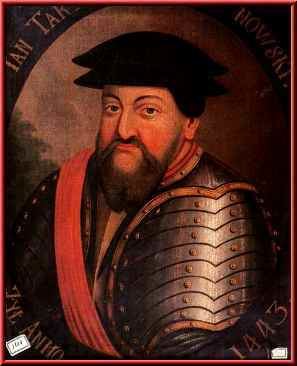
In 1508, Tarnowski fought against Muscovy in the battle of Orsza; in 1509, against Moldavia in the battle of Chocim, and upon the Dniester as a commander of his own chorągiew (banner/company). In 1512, he was involved in the battle of Łopuszna, in which the Tatars were defeated by the Polish forces.
He made a pilgrimage to the Holy Land, and in 1518 became a knight of the Order of the Holy Sepulchre in Jerusalem. He travelled extensively across Europe, and was knighted by king Manuel I of Portugal for his services against the Moors in Africa.
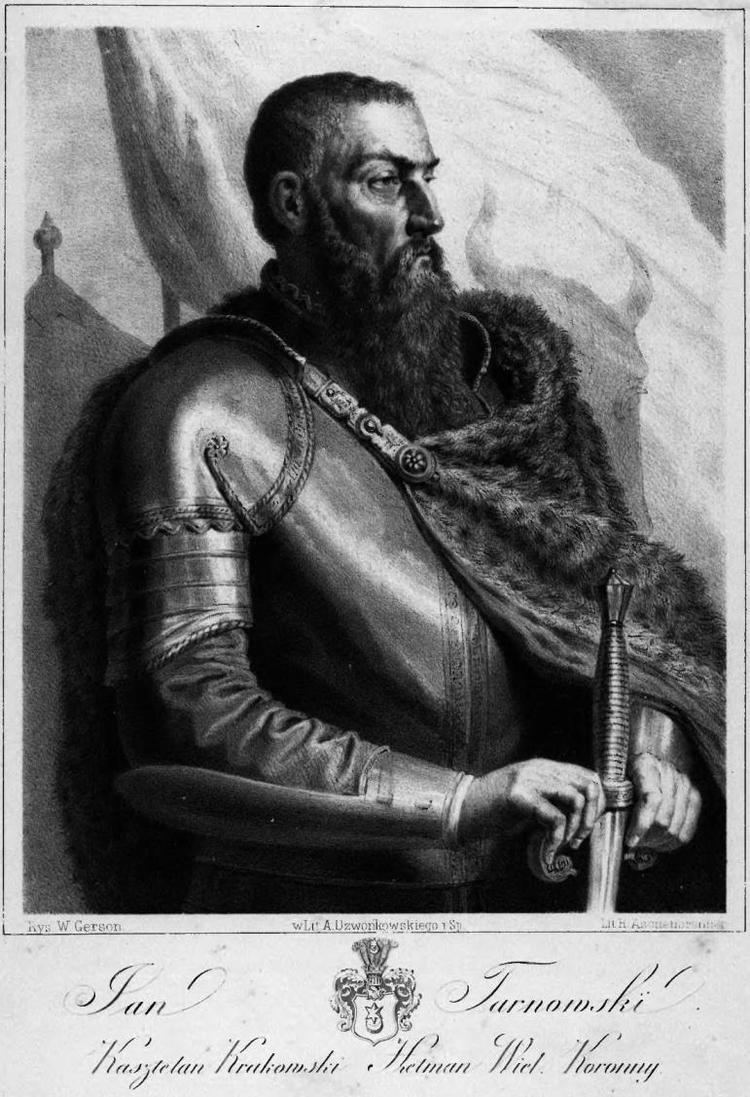
Tarnowski was the owner of Tarnów, Wiewiórka, Rożnów, Przeworsk, and Stare Sioło. In 1522, he became castellan of Wojnicz; in 1527, voivode of the Ruthenian Voivodeship; in 1535, voivode of the Kraków Voivodeship. In 1536, he became castellan of Kraków and starost of Sandomierz, Stryj, Żydaczów, Dolina, Sandecz, Chmielnów, Lubaczów and Horodło.
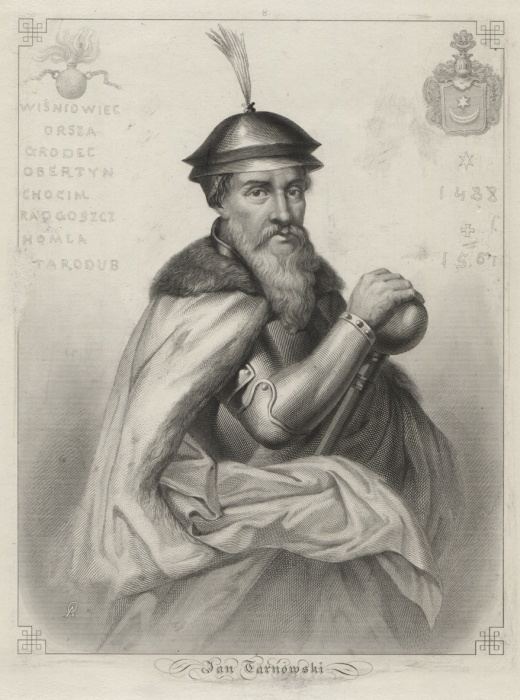
In 1521, he participated in the Ottoman-Habsburg wars. He was among the first Hetmans of the Polish Army after its great reforms. He led the Polish Army to many victories, among them the battles of Obertyn against the Moldavians in 1531, and of Starodub against the Muscovites in 1535 during the Muscovite wars.
Tarnowski developed, among other things, horse artillery, field hospitals financed by the government, headquarters services, and field sappers. Throughout his entire service as a hetman, he preached a doctrine of flexibility.
Poet Jan Kochanowski wrote a poem O śmierci Jana Tarnowskiego (On the death of Jan Tarnowski). He is also one of the characters depicted in Jan Matejko's painting Prussian Homage.
Family
In about 1511, Tarnowski married Barbara Tęczyńska, daughter of Mikołaj Tęczyński, voivode of the Ruthenian Voivodeship. She was the niece of his first mother's husband. After her death, Tarnowski married Zofia Szydłowiecka in 1530. He had four children, among them Zofia Tarnowska and Jan Krzysztof Tarnowski.
